The Earth’s climate system is shifting into uncharted territory. You’ve likely noticed the headlines about record temperatures and extreme storms, but what’s happening now goes far beyond isolated weather events. Scientists worldwide are documenting fundamental changes that signal we’re witnessing the emergence of a dramatically different climate era.
When you examine the data from 2024, the picture becomes crystal clear. The year marks a pivotal moment in climate history, with multiple indicators reaching unprecedented levels simultaneously. These aren’t just statistical anomalies or temporary fluctuations. They represent systematic changes that are reshaping our planet’s weather patterns in ways that will affect every corner of the globe. So let’s dive into the seven unmistakable signs that our weather is entering a completely new age.
Global Temperatures Officially Crossed the 1.5°C Threshold
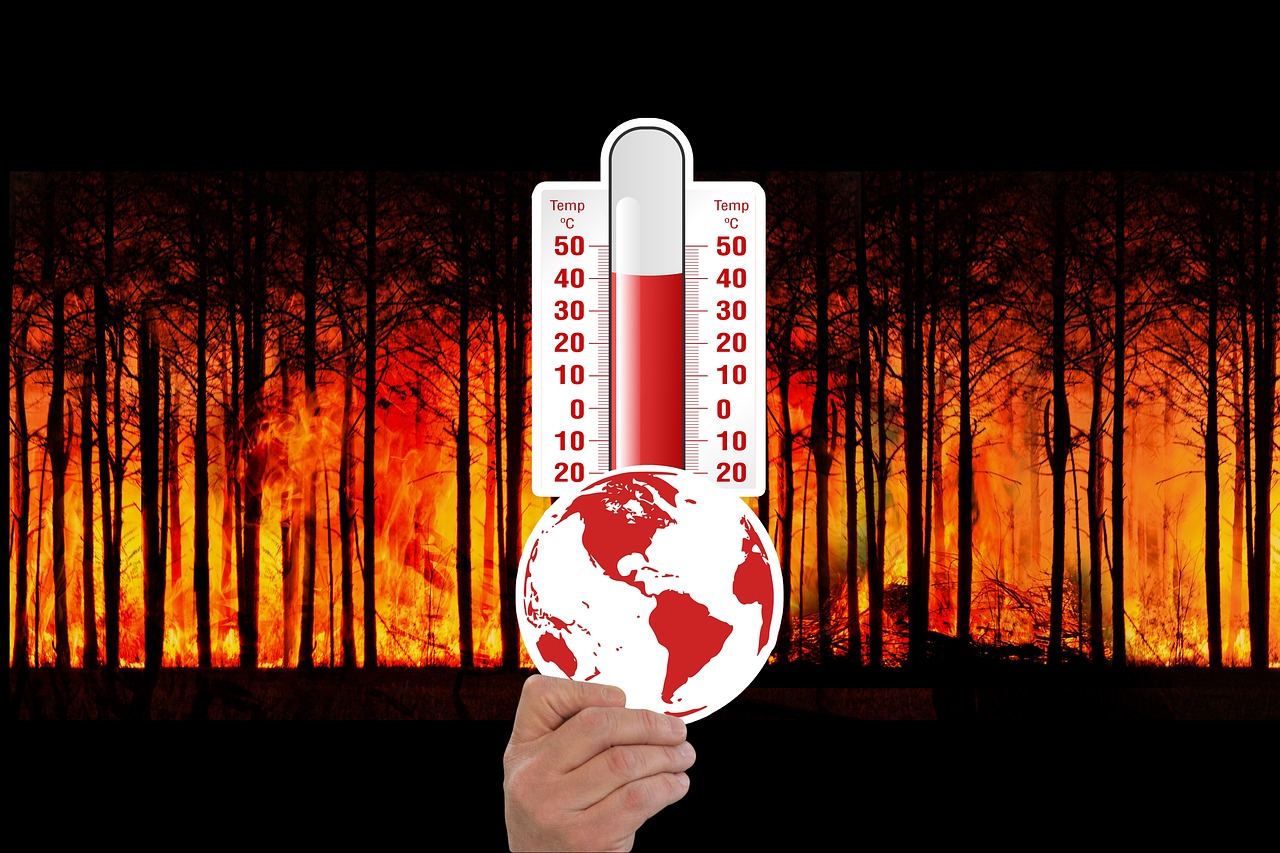
For the first time in recorded history, 2024 became the first calendar year to exceed 1.5°C above pre-industrial levels, marking what climate scientists consider a critical turning point. The year was the warmest since global records began in 1850 by a wide margin, sitting 2.32°F above the 20th-century average.
The ten warmest years in the historical record have all occurred in the past decade, from 2015 to 2024. What makes this particularly striking is the acceleration of warming. The rate of warming since 1982 is more than three times as fast as the long-term average, indicating that our climate system is responding more rapidly to human influence than ever before.
This temperature milestone isn’t just about numbers on a thermometer. Roughly 3.3 billion people experienced a locally record warm annual average in 2024, including two-thirds of China’s population and majorities in Brazil, Nigeria, Ethiopia, and Mexico. The heat affected agricultural regions, urban centers, and ecosystems worldwide, fundamentally altering living conditions for nearly half the planet’s inhabitants.
Extreme Weather Events Became the New Standard
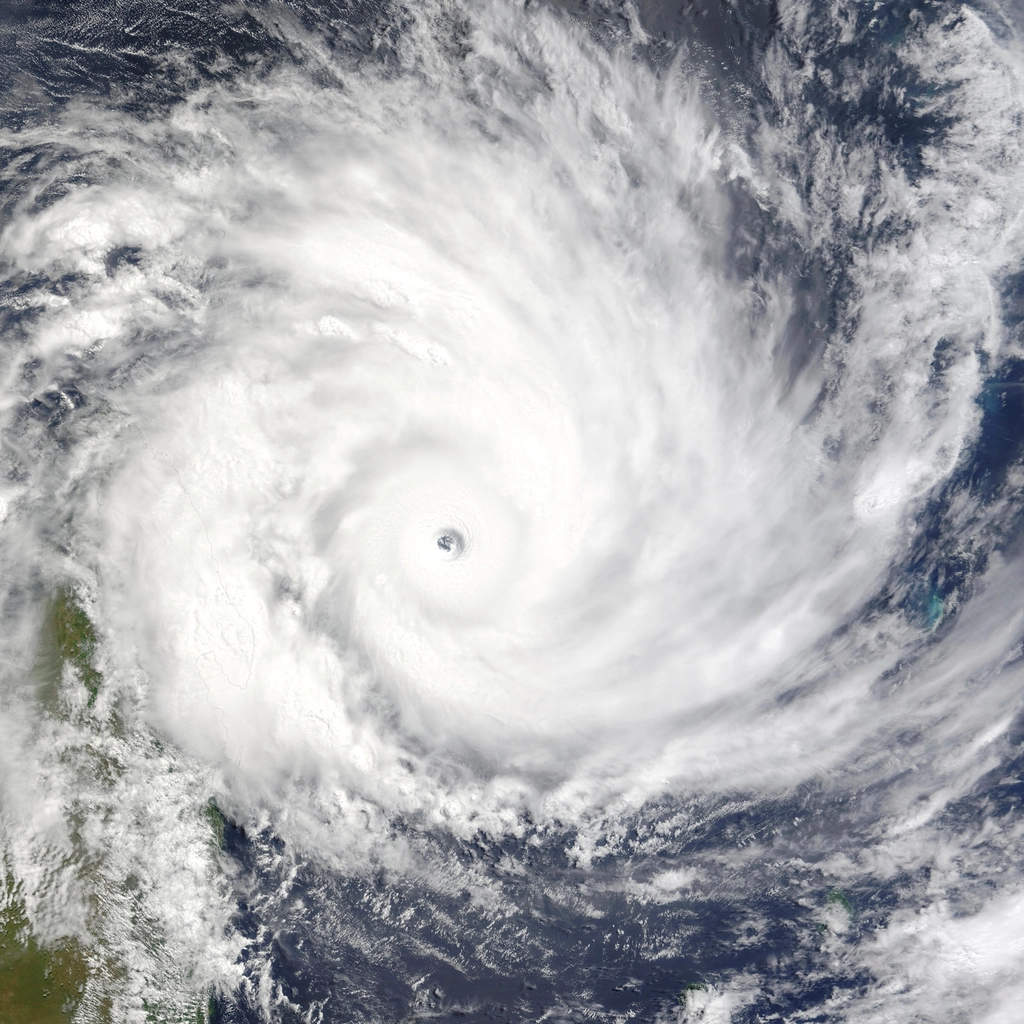
Extreme weather reached dangerous new heights in 2024, with record-breaking temperatures fueling unrelenting heatwaves, drought, wildfire, storms and floods that killed thousands of people and forced millions from their homes. The scale of destruction surpassed anything seen in previous decades.
Climate change contributed to the deaths of at least 3,700 people and the displacement of millions in just 26 weather events studied, though the total number of people killed in extreme weather events intensified by climate change this year is likely in the tens or hundreds of thousands. Intense droughts, floods, storms, heat waves and other climate-driven disasters affected at least 148 million people worldwide, with floods alone impacting approximately 43 million people across 132 recorded events.
Globally, climate change added on average 41 additional days of dangerous heat in 2024 that threatened people’s health. Hurricane Helene became the deadliest to strike the mainland United States since Katrina, while consecutive typhoons devastated the Philippines with unprecedented intensity. The Amazon experienced its most severe drought on record, pushing the world’s largest rainforest toward potentially irreversible tipping points.
Arctic Ice Has Thinned to Critically Dangerous Levels
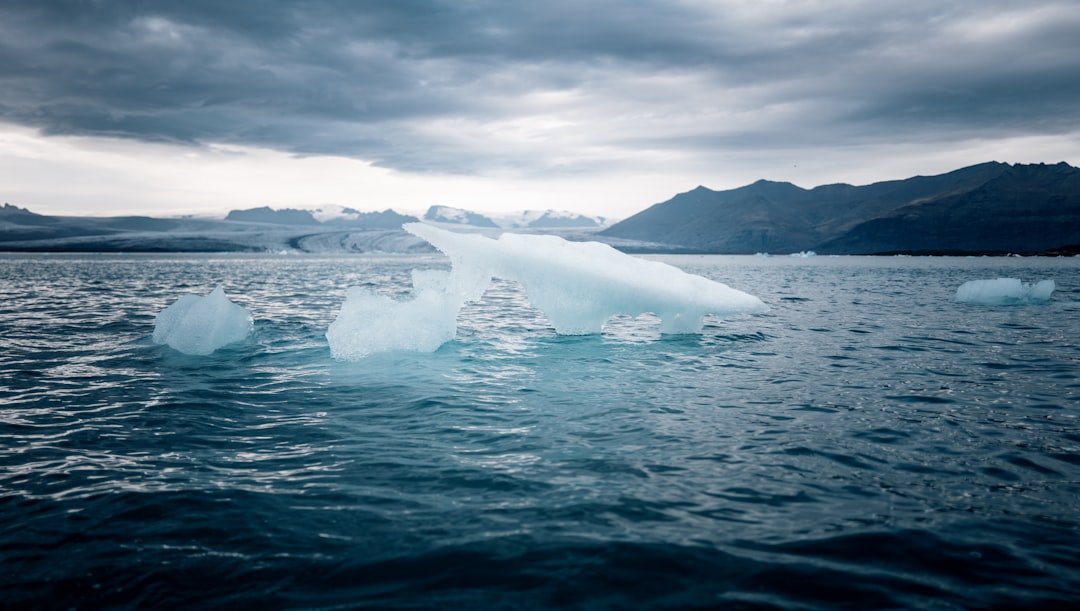
Arctic sea ice reached its annual minimum extent of 4.28 million square kilometers on September 11, making 2024 the seventh lowest in the nearly 46-year satellite record. However, the extent tells only part of the story. The more alarming change is in ice thickness and composition.
Ice thickness measurements from NASA’s satellites show that much of the oldest, thickest ice has already been lost, with fall sea ice in the central Arctic now hovering around 1.3 meters thick, down from a peak of 2.7 meters in 1980. Today, the overwhelming majority of ice in the Arctic Ocean is thinner, first-year ice, which is less able to survive the warmer months.
The overall downward trend shows a loss rate of 12.4 percent per decade, equivalent to losing an area the size of South Dakota annually. This ice loss increases heat absorption in the Arctic, where temperatures have risen about four times the global average. The changes create a feedback loop where less ice means more heat absorption, which leads to even faster melting.
Antarctica Started Its Own Dramatic Ice Collapse
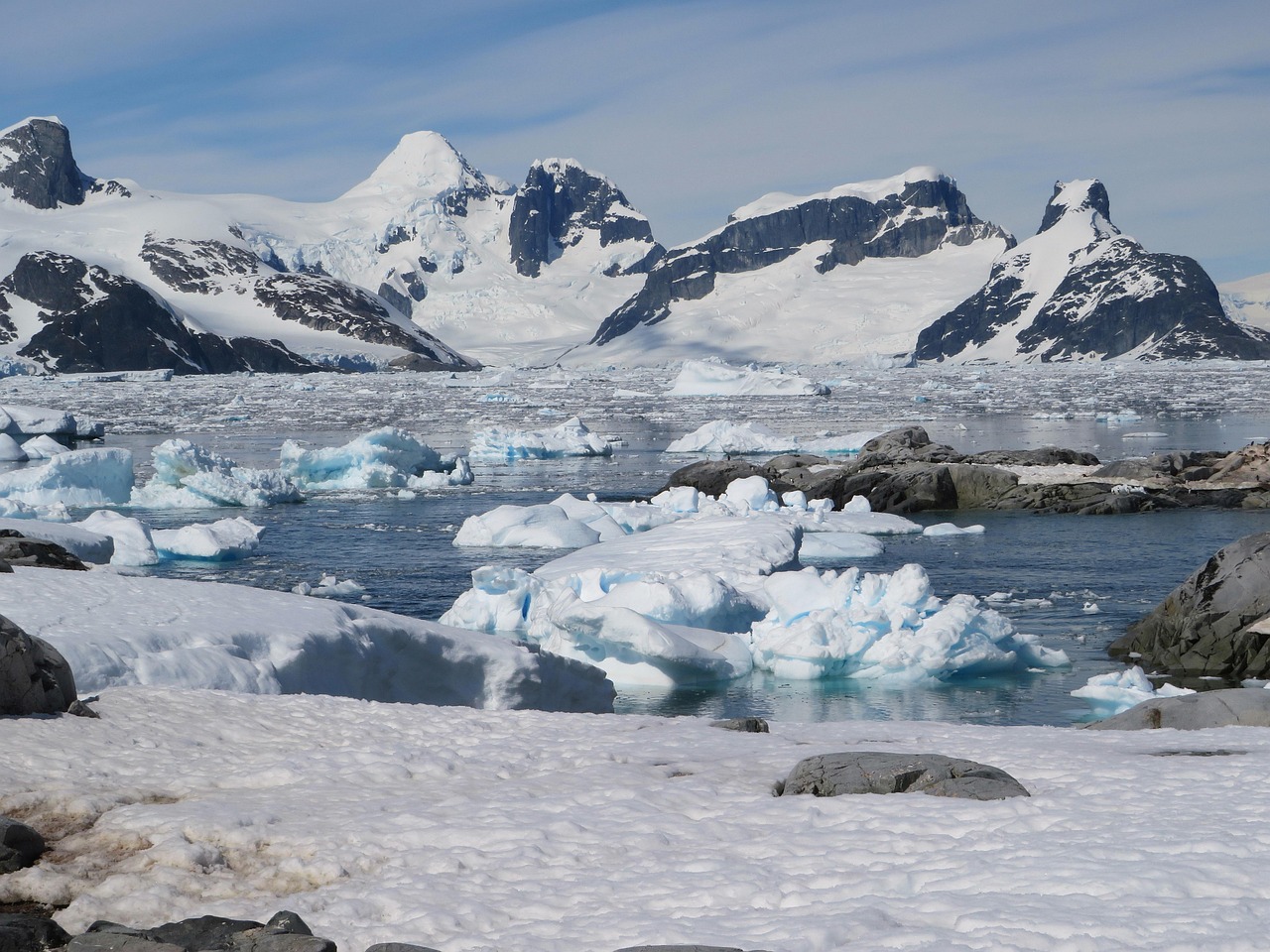
Sea ice at both the top and bottom of the planet continued its decline in 2024, with ice coverage around Antarctica shrinking to near-historic lows for the third year in a row. This represents a fundamental shift for a continent whose ice was relatively stable for decades.
Prior to 2014, sea ice in the Antarctic was actually increasing slightly by about 1 percent per decade, but following a spike in 2014, ice growth has fallen dramatically. Ice around the continent likely reached its maximum extent on September 19, 2024, at just 17.16 million square kilometers, making it the second lowest in the satellite record.
While changes in sea ice have been dramatic in the Arctic over several decades, Antarctic sea ice was relatively stable until recently. “But that has changed,” said Walt Meier, a sea ice scientist at NSIDC. “It appears that global warming has come to the Southern Ocean.” This shift doubles the planet’s ice loss problem and accelerates global sea level rise projections significantly.
Ocean Systems Reached Unprecedented Temperature Records
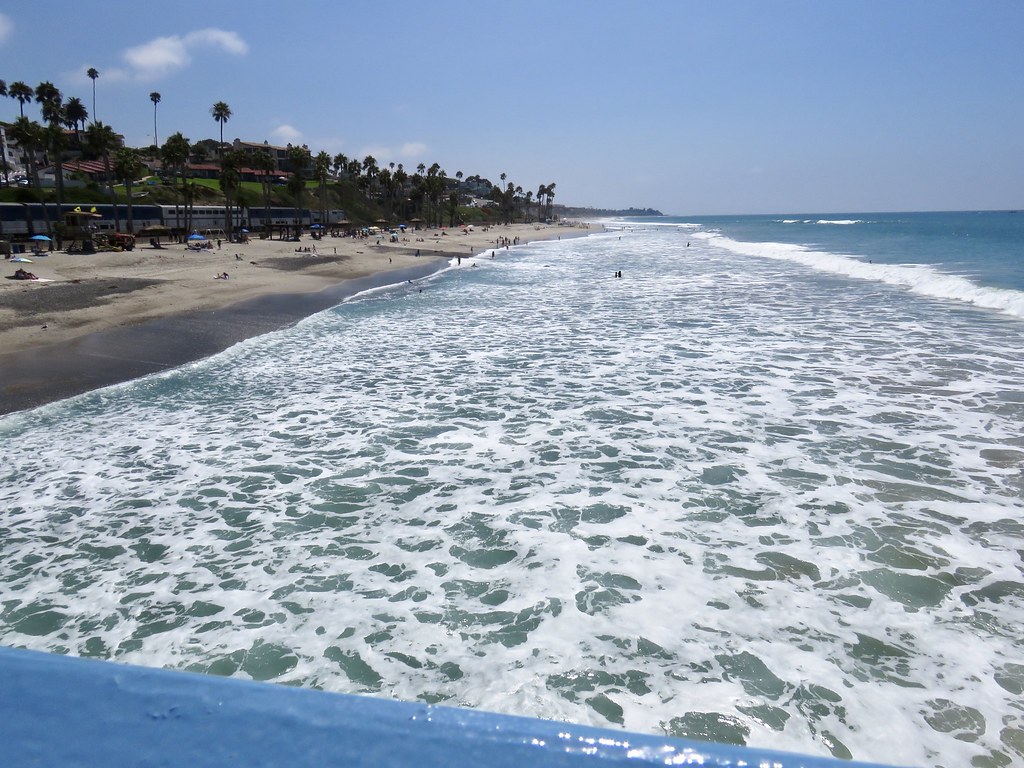
Multiple global records were broken for both air temperature and sea surface temperature, contributing to extreme events including floods, heatwaves and wildfires. The ocean changes are particularly concerning because they drive much of the planet’s weather patterns and represent massive amounts of stored heat energy.
The Mediterranean Sea set a record average surface temperature of 28.9°C in August, creating conditions that fueled devastating flash floods across Europe. Warmer ocean temperatures provide more energy for storm systems and increase the amount of moisture the atmosphere can hold, leading to more intense precipitation events.
Hotter oceans fueled more powerful tropical cyclones, with Hurricane Helene becoming the deadliest to strike the mainland since Katrina, killing at least 230 people, while consecutive typhoons made deadlier by climate change hit the Philippines, affecting millions. The warming seas also contributed to the largest coral bleaching event on record, affecting reef systems worldwide and threatening marine ecosystems that billions of people depend on for food and livelihoods.
Atmospheric Circulation Patterns Fundamentally Changed
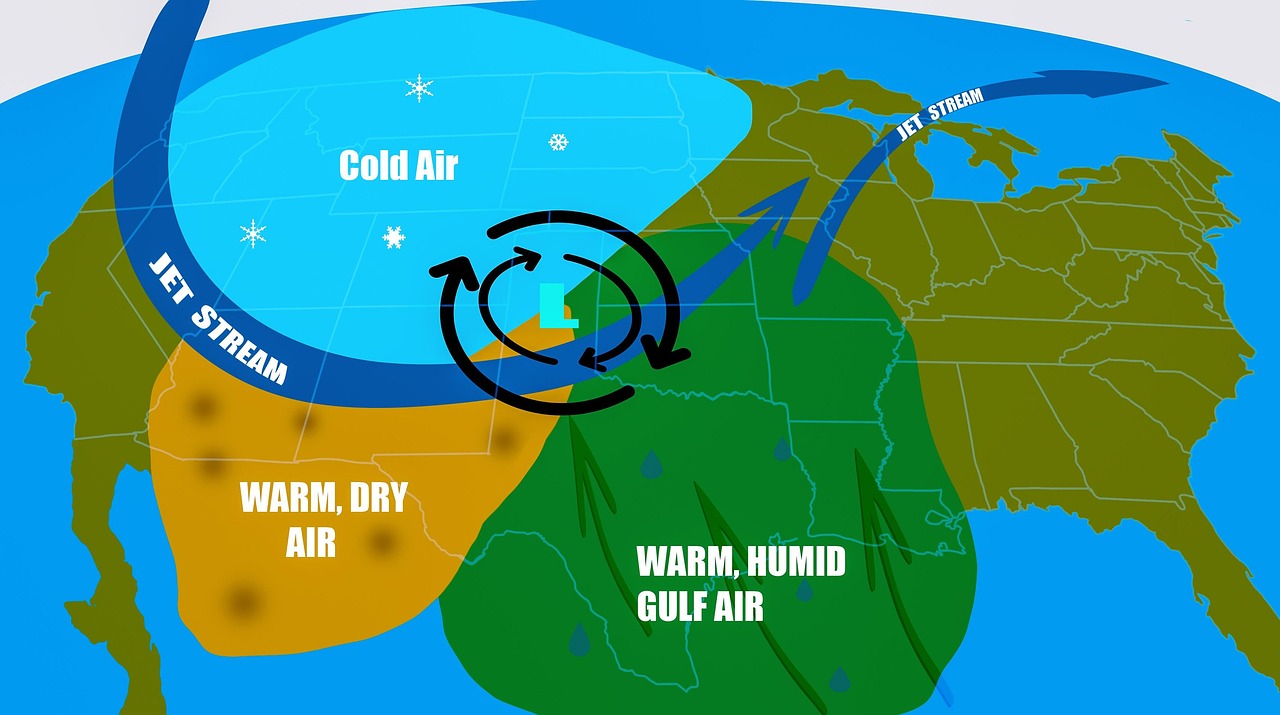
Weather systems began creating “omega blocks,” where high and low pressure systems become trapped, resulting in abnormally persistent extreme conditions like the flash drought that developed over the US in October 2024. These blocking patterns represent a fundamental shift in how air moves around the planet.
Climate warming is driving extreme weather by altering the jet stream, which is powered by temperature differences between the tropics and poles. As the Arctic warms faster than other regions, this temperature gradient weakens, causing the jet stream to become more erratic and prone to creating stalled weather patterns.
While the U.S. experienced a record flash drought in fall 2024, Europe simultaneously experienced rapid-fire heavy precipitation and flash flood events in France, Italy, Austria, Czech Republic, and catastrophically in Valencia, Spain, all consequences of the same extremely wavy jet stream. These persistent patterns mean extreme weather events last longer and affect larger areas than in the past.
Ecosystem Boundaries Collapsed Across Multiple Continents
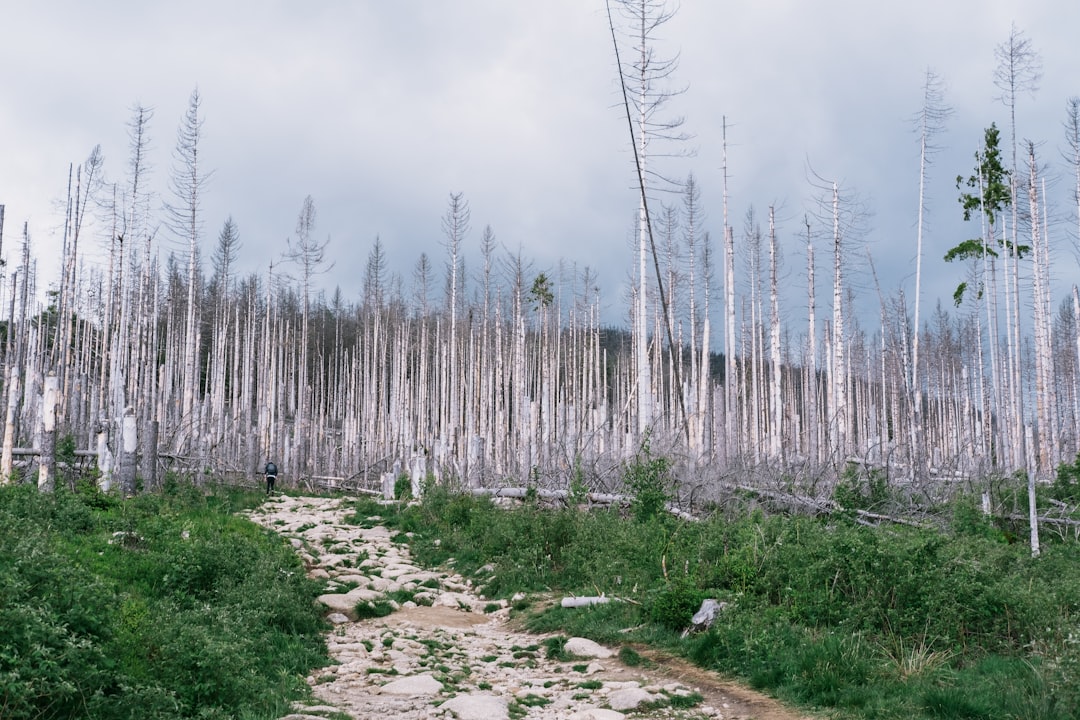
The Arctic tundra region shifted from being a carbon dioxide sink to being a carbon dioxide source, while continuing to emit methane. This represents one of the most significant ecosystem changes ever documented, transforming vast northern landscapes from climate regulators into climate accelerators.
The Amazon drought was particularly exceptional, with climate change making the event 30 times more likely. The Amazon rainforest and Pantanal Wetland were hit hard by severe droughts and wildfires leading to huge biodiversity loss, threatening the world’s most important land-based carbon sink.
Worsening droughts might push the Amazon forest irreversibly into a drier state, reducing its moisture flow and ability to absorb and store carbon, as well as its biodiversity, with all these critical processes essential not only locally and regionally but also globally to maintain life as we know it. Scientists warn that parts of the Amazon may have already passed a safe boundary, with as much as half potentially hitting this tipping point by 2050.
Conclusion
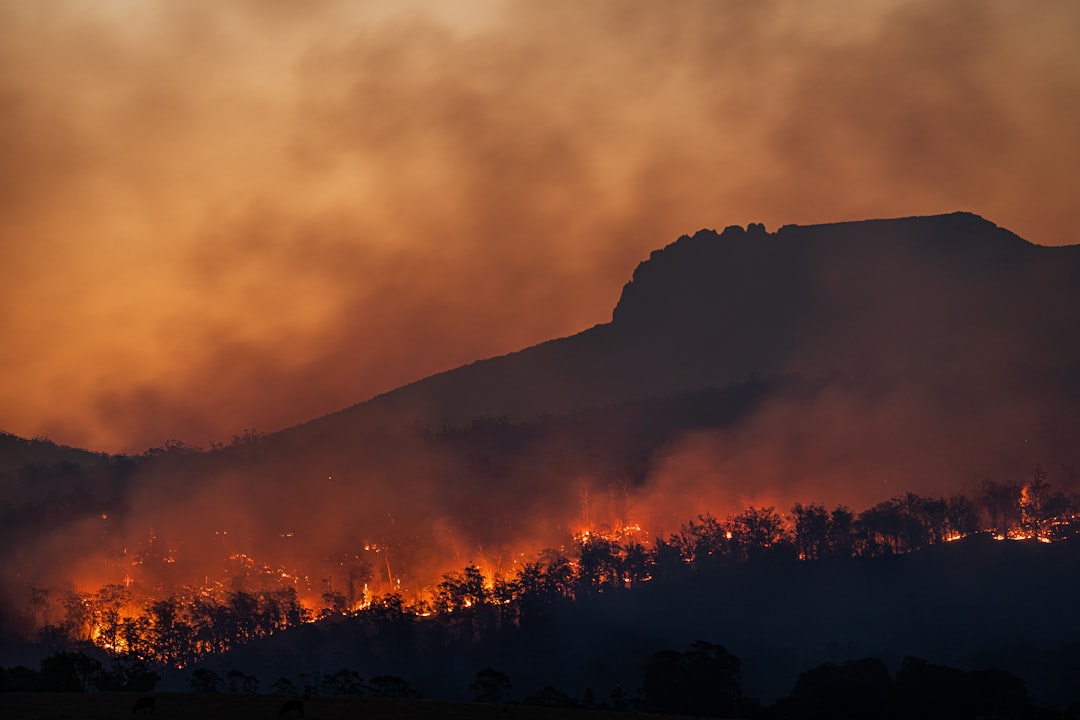
The evidence is unmistakable: our planet’s weather systems have crossed into fundamentally new territory. These seven signs represent more than isolated changes – they’re interconnected shifts that are accelerating and reinforcing each other. From the first year above 1.5°C to collapsing ice sheets, from transformed ocean systems to ecosystem boundaries breaking down, we’re witnessing the emergence of a climate unlike anything in human history.
The changes happening now will shape weather patterns for decades to come. The question isn’t whether these trends will continue, but how quickly we’ll adapt to this new climate reality. What aspects of these dramatic shifts concern you most? Tell us in the comments.




